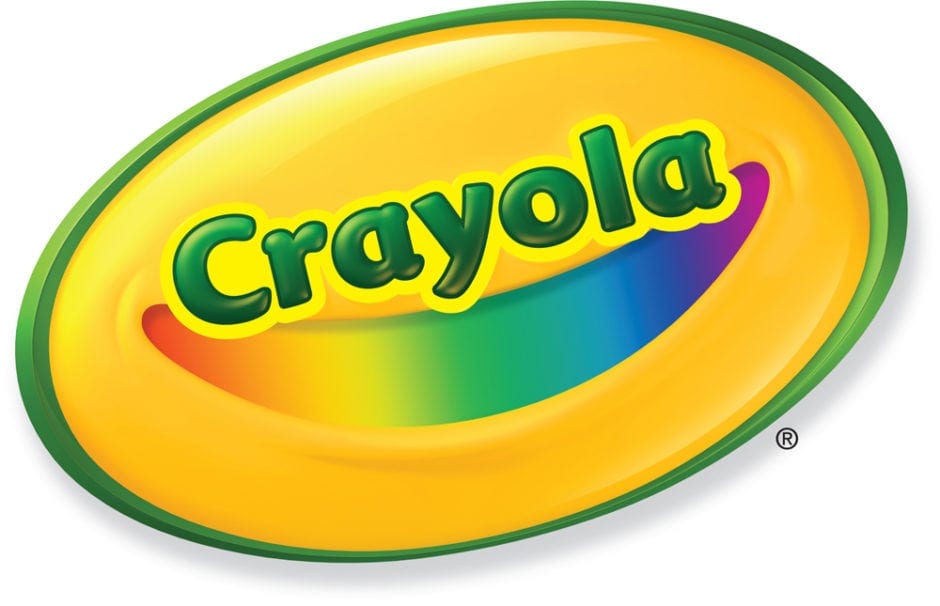Art-Infused Education Empowers Educators and Schools

Jenifer Morack, Program Director for edWeb.net and Cheri Sterman, Crayola Director of Education, were featured on Education Talk Radio to discuss one of edWeb.net’s newest professional learning communities, Champion Creativity: The Power of Art-Infused Education. Crayola, a PCAH Turnaround Arts program partner, has set out to arm educators with the powerful tools, knowledge, and support they need to make art-infused education the norm in every classroom. In addition to monthly professional development webinars for educators, this new community introduces a form of interactivity that is unlike anything that has been done before on edWeb.net. Instead of leaving the creative thinking to the students, Crayola encourages teachers to think creatively through prompts and exercises, and motivates the teachers to share their creative work with Crayola and other teachers in the learning community. Each month, selected educators who upload images of their artwork in the community are rewarded with Crayola classroom art supplies.
Crayola knows that harnessing a child’s innate creativity can elevate that child’s learning experiences, and they endeavor to, as Cheri puts it, “[bring] colorful wings to the invisible things that grow in the hearts and minds of children.” The most effective way to facilitate this in the classroom is by empowering teachers and administrators to integrate creative activities into their curricula, regardless of their discipline. Fortunately, accomplishing such a feat is not the uphill battle it once was. “There is a tremendous resurgence in this desire to bring creative experiences to students,” Cheri says, “89% of elementary school principals consider art very important, a high priority, and 96% of principals believe when art teachers share what they know…that art teacher increases his/her value and influence across the entire school.” Under the right conditions, arts teachers can take on leadership roles as “Chief Creative Officers,” sharing their ideas and experiences with educators in other disciplines to enhance student learning.

There are many free resources that members of the Champion Creativity: The Power of Art-Infused Education community can use to make this environment a reality in their schools, including links to join live webinars, webinar archives, links to Crayola resources, and ongoing discussions. The mission behind this new professional learning community bears the essence of what edWeb.net has been doing since its inception: giving teachers and school administrators access to valuable resources, professional development webinars, and opportunities to collaborate with other educators on a very important topic in education.
Listen to the full interview below.


Comments are closed.